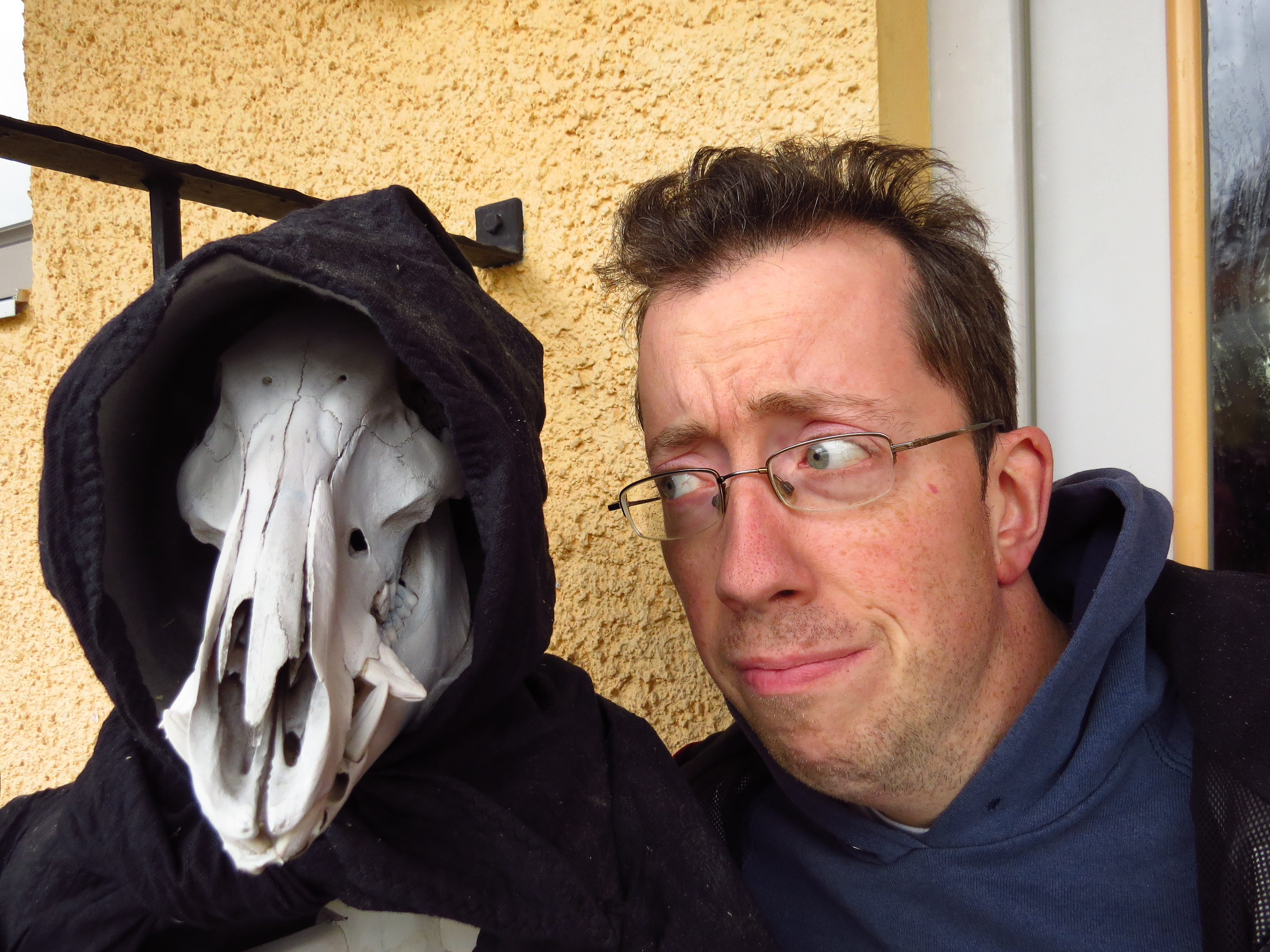The Bangle Bowl is an event initiated by Kyle Toth and Zac Higgins for the sheer fun of woodworking and making sawdust. There are two categories, turned and unturned, i.e. with and without the lathe. Since I do not own a proper lathe or the skills to go with it – yet – I opted to make an unturned bangle. It is my first bangle, and thus I learned a lot from it, including not to make them too flimsy. Enjoy, and remember to be Inspired!
What I learned from this
Like I said, this was a great learning experience for me, since it was the first time I actually made a bangle. The main thing I learned is that you should not go by measurement charts on the internet, especially when the thing to measure – my hand in this case – is readily avaliable for you to measure yourself. It may be tempting to take the diameter of your wrist as a base, but the bangle needs to go over your hand, after all. Yes, making this one for my daughter is a direct result from a misinformed choice of dimensions.
Also, bangles should be wider than mine was, and I should probably have cut my slices twice as thick – or add another layer in between.
That the bandsaw is not the optimal tool for this job should have been clear to me, and thus I already expected it to come with the need to wiggle a little. Had I invested a little more time to sand the surfaces and get the angles right, I would have been able to glue the pieces up using wood glue and a few rubber bands for clamps. I do not know whether that would have prevented the thing from splitting when I dropped it, but it would have felt more woodworky.
Tool Variations
You can substitute the bandsaw with a tablesaw for the resawing of the slices, but you would lose more wood due to the wider kerf and in my book the table saw is more dangerous than the band saw, so you should take extra care. If you cut larger slices, you should be fine, but with slices as thin as those I used you would need a zero clearance insert to keep them from falling into the saw.
As for the cutting of the pieces from the template, I would not trust the table saw very far. Instead, you might get away with using a coping saw and lots of patience.
Finally, the sanding can be done with any number of tools, from a random orbital sander (if you have more luck with it than I hat) to hand sanding the whole piece. For larger bangles, using the router table and a roundover bit to lay the groundwork would work, too.
Thanks for reading, and remember to be Inspired!
Inspire your inbox!
Subscribe and never miss a project!
Thank you for subscribing!
Something went wrong...
We respect your privacy and take protecting it seriously!
